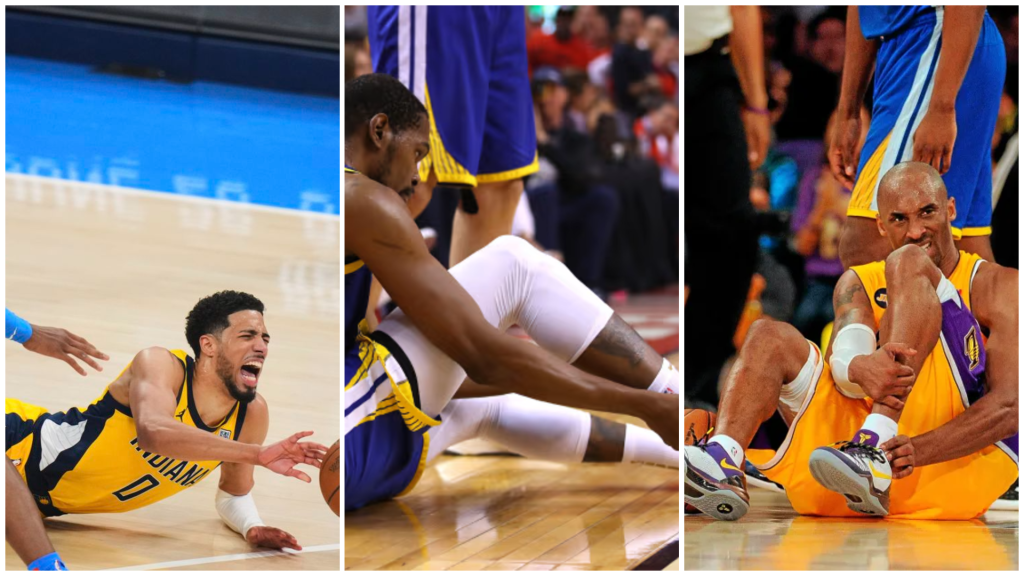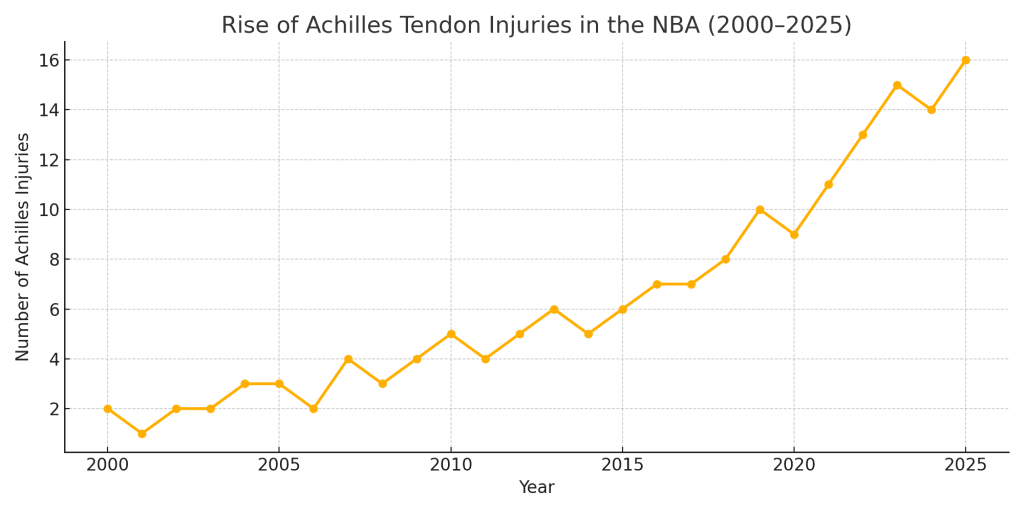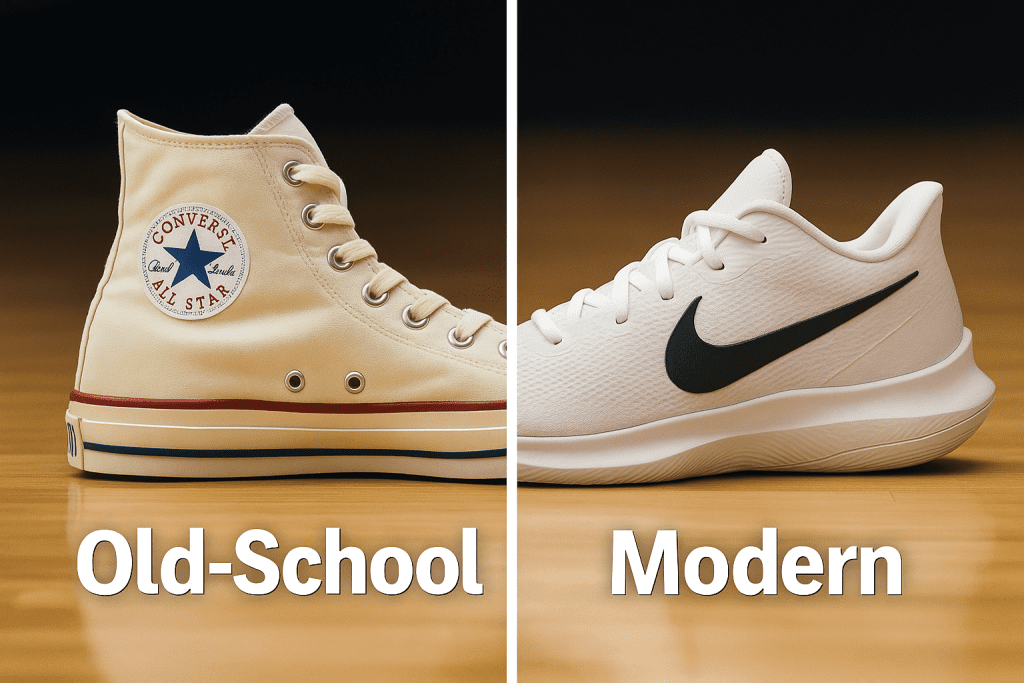
Why Achilles Injuries Are Skyrocketing in the Modern NBA — Even With Better Shoes, Training, and Technology Than Ever Before
The Injury That Ends Careers
Once considered rare, Achilles injuries have become one of the most dreaded phrases in modern basketball. It’s not just because of how painful they are or how long they take to heal. It’s because an Achilles rupture, unlike other injuries, often changes a player forever. And for a sport that relies on speed, bounce, and explosion, that’s devastating.
Just ask Kevin Durant, who tore his Achilles in 2019 during the NBA Finals. Though he returned as an elite scorer, many argue his mobility and defense never returned to pre-injury levels. More recently, Brandon Clarke, John Wall, and even Boogie Cousins have struggled to regain their full athleticism after similar injuries.
But 2024 has taken things to another level. This season alone, we’ve seen an alarming number of Achilles-related injuries or scares. Experts, trainers, and fans are starting to wonder: is something seriously wrong with how modern players train, move, or even rest?

Too Much Load, Not Enough Recovery?
Today’s NBA stars are faster, stronger, and more explosive than ever. But that comes with a price. The game has evolved into a constant sprint—positionless basketball, fast transitions, and non-stop movement. It’s thrilling to watch, but it’s brutal on the body.
Trainers believe one reason for the spike in Achilles tears is the imbalance between power and mobility. Players focus heavily on vertical jumps, weight training, and quick bursts—but often neglect mobility, stretching, and tendon care. The Achilles tendon, which connects the calf to the heel, absorbs incredible force during every sprint, cut, and jump. Over time, especially without proper recovery, it becomes a ticking time bomb.
There’s also the issue of condensed schedules. With back-to-back games, offseason basketball (like Pro-Am or international events), and pressure to return quickly after minor injuries, players never truly rest. Even technology can be a double-edged sword. Modern shoes, for example, provide comfort but sometimes take pressure off the muscles—transferring it to tendons instead.
Boogie Cousins once admitted he was playing through tightness weeks before his Achilles snapped. “I thought it was just soreness,” he said in a post-injury interview. “I wish someone had told me the signs.”
That silence—that lack of awareness—may be hurting careers.

The Culture of Playing Through It
There’s a deeper layer to this story that’s emotional, not just physical.
Many NBA players grow up with a mindset: play through pain, prove yourself, don’t show weakness. For role players or those on short contracts, the pressure is even greater. They can’t afford to miss weeks due to tightness in the ankle or heel. That pressure builds until something finally gives.
This year, one anonymous NBA trainer told The Athletic, “We see guys with obvious warning signs, but the culture still says ‘tough it out.’ We need a reset.”
Fans may also play a role. Social media mocks “load management” and criticizes players for missing games—even if it’s for genuine recovery. But now, ironically, those same fans mourn when a young star goes down with a season-ending tendon tear.
Experts say the NBA needs league-wide education around tendon health. That means warning signs, proactive treatment, and changes in how minutes and rest are managed. It might not sound exciting, but it could be the only way to save careers.